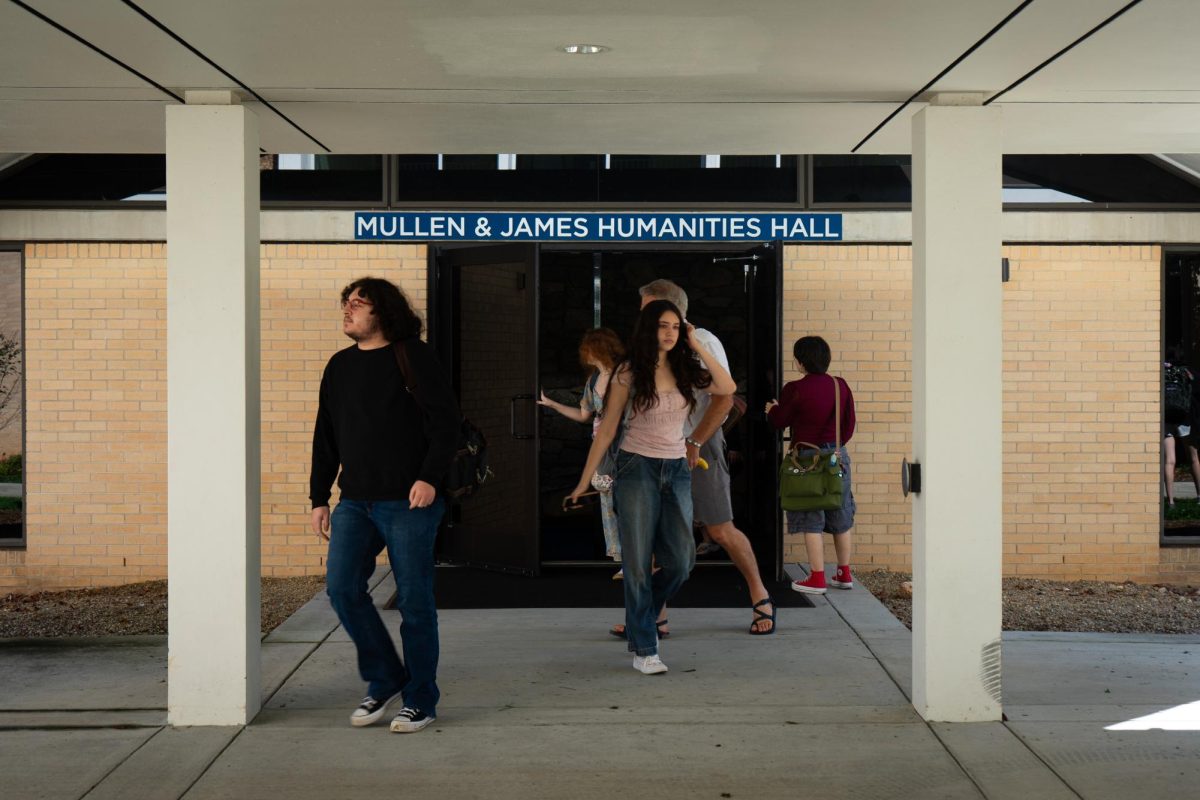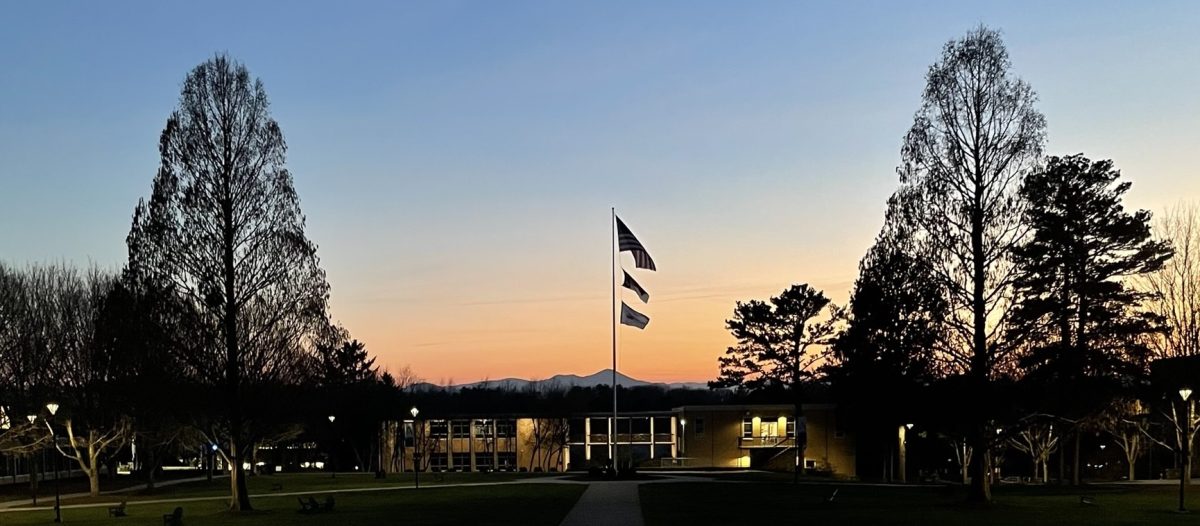By Carson Wall
[email protected]
September 2, 2015
In the United States, death is simultaneously good and highly feared — it sells movies, skyrockets television viewership ratings, and increases the awareness of systemic racism among the general public.
Death makes people pay attention.
Because of that, the Black Lives Matter movement has been revitalized. The movement is not new and many of same rights are being demanded, just as they were 50 years ago. These rights include equal treatment by the police and transparent federal acknowledgement of grievances.
These rights can be adequately captured in the word equality, and currently the relevance of the movement is at its highest level since the Civil Rights Movement. With the 24-hour news media and the mobilization of an army of activists, the movement and its ideology of social, economic, political and cultural equality for black Americans remains at the forefront of the public mind.
The movement’s long reign in the spotlight is not only monumental, but revolutionary. In this, the popular concept of death was not only the tragic close of life, but it was also a galvanizing spark that created a grassroots campaign that captured the nation’s attention and not let go since.
Brought to national awareness by a series of black American deaths at the hands of police, the first and most publicized one being Michael Brown of Ferguson, Missouri on August 9, 2014, the Black Lives Matter movement is known for its nationwide promotion of equal rights. While perceived by many to be a movement protesting police brutality, it embodies a spectrum of issues, including unequal treatment by police and the inclusion of all black Americans.
Tiece Ruffin, Diversity Outreach coordinator at UNC Asheville explained this message.
“Black lives matter in all areas — beyond males, to include females and trans, to include education, to include housing,” Ruffin said, “because all of those things are about black life, and we cannot be diminished to one sector of our life.”
This attempt at inclusion is difficult at times, due to the difference of ideology and personal history found in the movement’s activist base, however the base of supporters has grown due the use of technology for organization and spread of information.
As seen in the Egyptian Revolution of 2011, and other international movements, social media is a tool that has increased the ability for participation in protests and the conversation at hand. Due to this, the ability of the Black Lives Movement to maintain relevance and spread its message is highly effective.
At the same time, while technology is beneficial to activists, a large amount of attention to the movement has occurred due to the mainstream media’s coverage of the movement. The focus has increased the expansiveness of the message for black equality. Whether or not the coverage itself it positive or negative is still to be seen, however Ruffin said she feels as though the transparency is beneficial.
She expressed that seeing both the good and the bad parts of the movement is more telling than official statements, as the effects of systemic racism can be seen in multiple facets of society.
Still, there is room for improvement, as Bill Haggard, vice chancellor for student affairs at UNCA, mentioned of the media coverage, noting a lack of context in coverage. Though the coverage is positive, as it keeps the movement relevant, there has been too much coverage of violence instead of peaceful discussion of the issues at hand.
Haggard said he believes that, as a community of higher education, there needs to be a focus on critical thinking, to help students look beyond news coverage and formulate a deeply informed opinion, a practice already in effect at UNCA.
UNCA, at large, is supportive of the BLM movement, as shown by the multiple events, per year, held by the administration and student organizations in support of diversity and black American rights.
Maya Newlin, current student body president campaigned on a platform that included increased diversity in the student population, and is moving ahead with those plans, noting that the movement has made a visible difference since her freshman year.
“I think the biggest thing is how to stand in solidarity with one another,” Newlin said of the movement. “We all have different identities outside of being black that us being black affects that even more.”
She acknowledged it was a complicated issue, one that was not always thoroughly discussed by the mainstream media, a change is needed due to the everyday expression of violence experienced by black Americans.
Along with the efforts of the SGA, Newlin listed several student organizations that stand in solidarity with the movement, including the Black Student Organization, the International Socialist Organization, the Intercultural Center, Multicultural Student Programs and Shades of Color.
Haggard, also the co-chair of the Diversity Action Council on campus, noted the council is dedicated to promoting racial understanding and equality through various means, including the annual Walk Against Racism held on campus. To him, it is crucial to focus on decision making authority and influence, to ensure that black lives matter as much at UNCA as any other life.
In truth, the purpose of the Black Lives movement can be narrowed to the idea of equality of worth for black Americans and in doing such, correct a system through change of policies, perception, and political representation.
The Black Lives Matter movement comes from the roots of systematic injustice and because of the long list of grievances, progress is slow. The acknowledgement of problems and change of the United States government system is not known for its fast adaptation rate and the depth of the suppression of these issues means there is much progress to be made.
“If we try to dilute or be subversive to try and minimize it, we will continue to have this unfounded, egregious, this horrific racial violence and we don’t deserve that,” Ruffin said.
The definition of true change is subjective, however, and as the Black Lives Matter movement has proven, change is possible. History is ugly and full of death. The official website of the Black Lives Matter movement proclaims that the changing environment on race is not just a moment in time, but a movement that keeps pushing forward.
Categories:
Pushing Forward: The Black Lives Matter Movement Continues to Gain Ground
September 4, 2015
0
Tags:
More to Discover


![Brooke Pedersen [second from the right] and Luis Reyes [right] hold banners during the Wrap The Woods event.](https://thebluebanner.net/wp-content/uploads/2025/09/ELIZABETH_PRITCHITT_IMG_3470-1200x804.jpg)















